Rose Acapella
The universe of roses is extremely varied and varied. These flowers are divided into many groups and differ in everything that is possible: the shape and size of the bushes, the purpose and color, the duration of flowering and the presence or absence of smell. But experts believe that in this universe there is one huge galaxy that surpasses all competitors. Her name is hybrid tea roses.
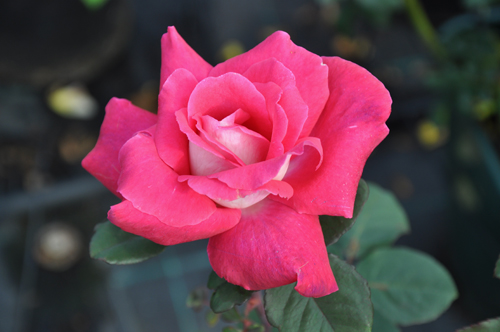
In some countries, they are called large-flowered. Despite their history of one and a half centuries, these roses are champions in distribution and use. Now we will tell you about one variety from this group, called Acapella.
History of creation
The biography of this variety began in 1994, when the German nursery Rosen-Tantau presented its new brainchild at the next exhibition. Since the company was owned at that time by Hans Jürgen Ewers, he is considered the official breeder of the variety. In the company's catalog, the rose is recorded under the name TANallepa, it has been saved now, in order to distinguish this variety from others with the same name (this will be discussed a little later).
Well, the name Acapella, under which the rose "appeared" at its first exhibition, has become the commercial, the most common for her. Although it is useful to know that the variety is sometimes sold under other names: Charlie Dimmock, Love You Rose, Charlies Rose.
Biography, whoever it is, contains certain achievements. Acapella also has them, the main ones of which are as follows:
- gold medal at the 1998 French exhibition at Le Roeulx;
- in the same place - the main prize for the best aroma;
- first prize at the exhibition in Baden-Baden in 1999.
A few words about doubles
As often happens in the world of roses, our heroine also has a “namesake”. In 2010, florists of the same Rosen-Tantau nursery released another variety for sale under the commercial name Acapella. Moreover, it also belongs to the group of hybrid tea, but is significantly inferior in distribution to the TANallepa rose.
The new flower is registered as TAN06346 and can be found in reference books as well as on sale under the full name Acapella TAN06346. It is a short bush that usually grows no higher than 80 cm, with large double flowers of lilac color.
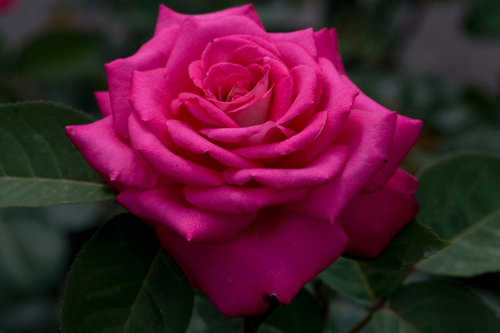
Description rose Acapella TANallepa
Forms a strong and powerful bush, sometimes reaching two meters in height, but more often still about one and a half meters. Moreover, its width can be almost equal to the height. Shoots are thick, tend to grow vertically, not densely covered with thorns, as well as semi-glossy, dark green leaves, which are beautiful in themselves.
Naturally, the best decoration of the variety is its flowers. They come in a variety of sizes, from small to large, about 14 cm in diameter. The color of the flowers is interesting, which can be called two-tone. Below the petals are pale, silvery-pinkish, with an almost white tip. But the upper, inner part of the petals is crimson-pink, and also has a white ending.
Such a mixture of white and crimson tones gives the flower a special charm, especially since it has another characteristic feature. The bud, initially pointed, lush, which may contain up to fifty petals, opens gradually, as if in a spiral. The fully opened flower emits a strong aroma with fruity notes.
In the bright sun, the intensity of the color remains almost unchanged. But during prolonged rains, delicate petals stick together, which leads to a loss of decorativeness. If there are many such flowers, they need to be removed in order for new ones to grow.
Like all hybrid tea roses, Acapella also blooms for a long time, in several waves. Cut flowers, which also grow on powerful peduncles, remain in a vase for a long time. Actually, this variety was created mainly for cutting. But a powerful bush also looks great in a flower bed, as a single plant or as part of a group. Often this variety is grown near high walls and fences, used as a hedge.
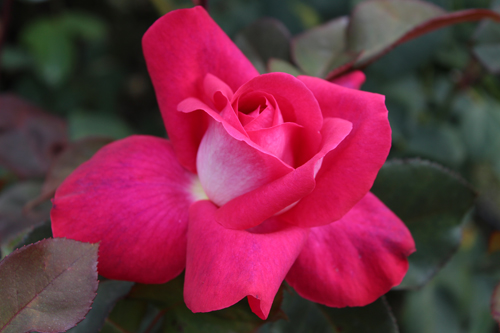
Care features
It is necessary to plant in a sunny area, in extreme cases, in partial shade. The soil should be slightly acidic or neutral, loose, nutritious.Given that the buds are formed on the shoots of the current year, the bush needs timely and correct pruning. According to the US Department of Agriculture (USDA), it can grow in zones 6 through 9, while in the southern regions it is possible not to prune for the winter.
If there is a threat of freezing, it is better to remove the shoots before winter frosts, and cover the rest of the rose. It is worth noting that in spring the bush grows vigorously, literally before our eyes, and this is another advantage of Acapella.
Disease resistance is good, but can still be affected by black spot and powdery mildew, especially in cold and rainy years.

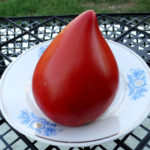


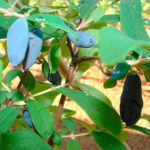
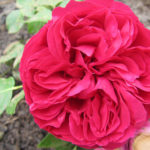



The color of my Acapella, I would define as pale crimson, and the back of the petal is silvery. Therefore, in buds until full disclosure, this beauty is unearthly. Alas, after full blooming, this rose becomes loose, the petals spread out almost slovenly. However, the variety is cut, the stem length of 40 cm is not the limit of possibilities for it. After the first relatively abundant wave of buds, it takes a short pause, but then follows an almost continuous flowering until frost. The scent is carried far away. For all its pleasantness, it is not quite pink. There is a lot of sweetness in it, and it is as if various fruits, especially bananas and pears, are mixed together with the notes characteristic of the queen of flowers. More like an elite perfume from the French.